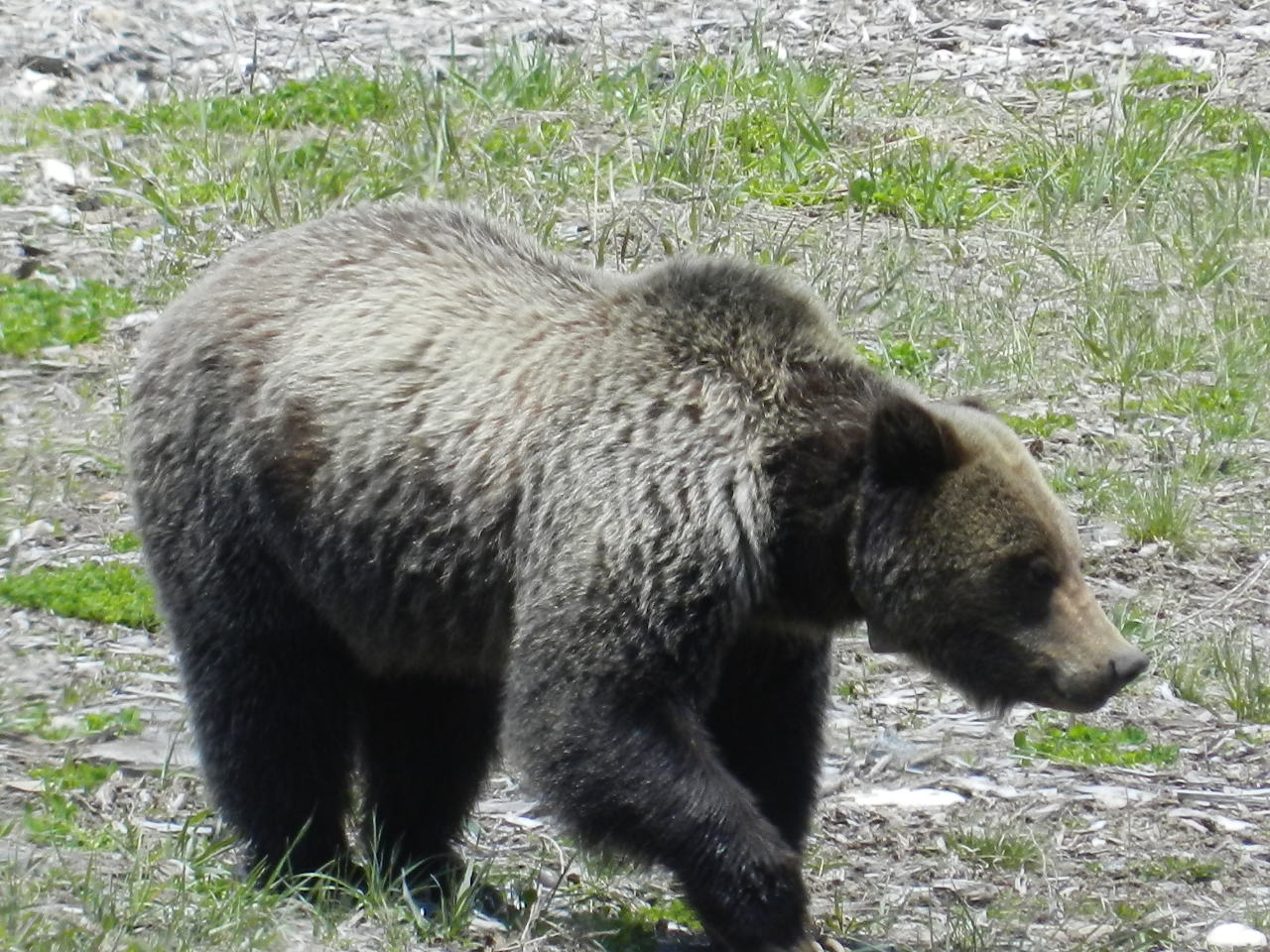Most of us living in western Kansas open our mailboxes or newspapers to find multitudes of miller-moths hiding in dark crevices. After slapping at the annoying creatures, we scrub away miller dust their wings deposit. If they escape, they squirt orange fluid that scientists call meconium, which gives an idea of its ingredients. Most people can’t find anything good to say about this insect invasion except, “Thank goodness they don’t eat fabric, wood, or carpets.”

In pre-miller life, these invaders were army cutworms that can wreak havoc in winter wheat fields and alfalfa patches. In high population years, cutworms assume the “army worm” custom of massing in Biblical plague formations to travel over fields or highways.
After they mature in spring, they tunnel into soft earth to pupate. Following a three to six week period underground, they emerge as flitting moths, capable of squeezing through door and window cracks where they slink into inviting darkness.
Fortunately, they don’t hang around all summer. These are high elevation, cool weather, wildflower-nectar and evergreen pollen loving creatures. They migrate from the heat saturated plains into the high, cool reaches of the Rockies. By August, nature balances her scales, and army cutworm moths that survived this journey soon find themselves providing winter fat stores for furry, four-legged eating machines.
Grizzlies and black bears love miller-moths. Recall that these insects love dark crevices. Vast mountain rockslides offer innumerable hidey-holes for migrating throngs. Bears follow insect hordes to boulder and scree-strewn slopes where they then feast upon the winged creatures. Though bears typically feed in isolation, enormous amounts of available calories incline them to dine in mass upon these rock fields. According to researcher Hillary Robison who observes bears in and around Yellowstone Park, “It’s kind of like a salmon stream. We’ve seen bears feeding within several hundred yards of each other. . . .”
People with sensitive noses notice unpleasant odors coming from dead moths. The scent results from a high fat content that turns rancid when miller-moths die. This lipid concentration is what draws grizzlies to rocky mountainsides and triggers their focused digging into crannies. The bruins work so hard turning over stones to find these insects that they wear down their three to four inch claws as they eat up to 40,000 moths a day to store calories for winter survival.
Robison’s research examines how far Yellowstone moths travel from Great Plains farmlands and reveals an unexpected connection between the Great Plains and bear survival in Yellowstone. Of interest to Yellowstone tourists, silvertips looking for moths in high elevations each summer won’t be inclined to trouble park visitors at lower elevations. According to Robison, “If they are spending a month up in these Yellowstone moth sites in the summer, they could eat close to half their needs for the year.”
While I don’t like moth dust, orange splats on the woodwork, or having winged hordes fly out of my newspapers, I have a new appreciation for these metamorphic wonders. I enjoy knowing miller-moths that hovered about my yard light fatten grizzlies for winter hibernation.
Native Kansan Karen Madorin is a local writer and retired teacher who loves sharing stories about places, people, critters, plants, food, and history of the High Plains.


